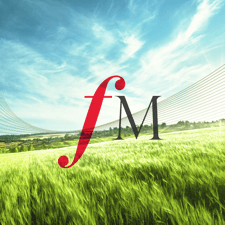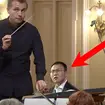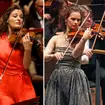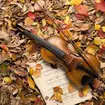Tchaikovsky - Nutcracker
Tchaikovsky's Nutcracker is a ballet for a certain time of year. It's charmed Christmas audiences over the years with its range of gorgeous music and romantic imagery, but the performances and interpretations have changed hugely.
Audiences in St Petersburg were promised ‘a fairy-tale ballet’ in the winter of 1892 when, all around the city, posters began to appear advertising the much anticipated new project from Tchaikovsky.
He had been commissioned to set to music a popular family story called 'The Nutcracker and the Mouse-King', a festive favourite which begins on Christmas Eve in the house of two young children, Clara and Fritz. The family is gathered around the Christmas tree. Soon, they welcome the arrival of Uncle Drosselmeyer, who conveniently happens to be a toymaker with some suitable gifts in tow. Over the course of the next ninety minutes, the story encompasses waltzing snowflakes, a handsome prince and some warring mice, as the toys come to life and give Clara and Fritz a Christmas they will never forget.
There is a wonderfully vivid, pictorial quality to Tchaikovsky’s colourful music. From the elegant Waltz of the Flowers to the thrilling Russian Dance, the score is a feast of wonderful melodies. Other favourites include the Dance of the Sugar Plum Fairies and the Dance of the Reed Flutes. Tchaikovsky had several reservations about it – not surprising, given the less than ecstatic response to some of his earlier works – but the composer evidently had nothing to fear - it has become a perennial Christmas favourite on stage, and the music is adored all year round, with bold new interpretations cropping up year after year.
Illustration: Mark Millington

























